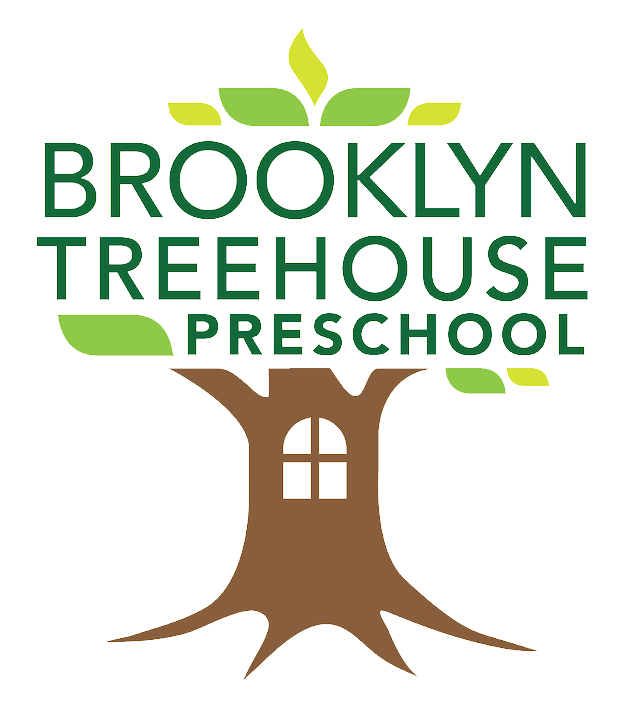Oh, the places you’ll go!
OUR CLASSROOMS
Brooklyn Treehouse Preschool classrooms are environments filled with action.
The children are touching, investigating, exploring, and creating. Our classrooms are rich in materials and opportunities for exploration and are filled with the sounds of children working. Our classrooms are organized in a way that creates specific learning centers. This structure allows children to make independent choices and encourages purposeful activity.
Our Learning Centers include:
MOVEMENT ROOM:
Action is natural for young children. Large muscle activities are important for a child’s health and physical development. They are also important for the development of self-confidence and social skills.
ART CENTER:
Art materials inspire preschoolers to explore and manipulate paint, clay, crayons, markers, glue, collage materials, and much more. During art experiences, children socialize, share, and increase language capabilities. Pride in artwork goes hand-in-hand with the child’s emerging self-concept.
BLOCK CENTER:
Children use blocks to recreate what they know and then expand these structures into new and complex structures. As they become more comfortable with the blocks, they begin to explore more possibilities, creating patterns and designs or experimenting with balance and symmetry. Exploring with blocks also nurtures an understanding for math, science, language, and dramatic play.
DISCOVER CENTER:
A preschooler is very curious about the world in which they live. The discovery center affords them the opportunity to become independent learners through hands on experimentation. Children will formulate their own hypotheses, followed by performing experiments, and drawing conclusions. Some examples include, objects that sink or float, magnets, life cycle of a butterfly, and so on.
DRAMATIC PLAY:
Dramatic play develops spontaneously from children’s imaginations. It allows children to better understand their world by permitting them to incorporate experiences into imaginative activities. Such role-playing offers opportunities for developing social skills, exchanging ideas, giving and taking directions, and working out sequences.
LIBRARY CENTER:
The library center is a cozy spot in the classroom with a variety of books available for the child to read. It helps children identify the relationship between language and print. Children will be able to choose a book of their liking to read individually or with a friend. The library center will teach children a love and appreciation of books and literature.
MANIPULATIVES:
Manipulative materials are small objects in which children build, play, or construct. These materials offer children the opportunity to enhance the development of logical thinking, expand learning in math and science, develop new vocabulary and concepts, help in the development of small muscle control and eye hand coordination, and enrich social skills.
MUSIC & MOVEMENT CENTER:
Music helps develop children’s language, math, social, and listening skills. The children engage with each other through music and movement activities. This center also helps to develop a child’s ability to participate in a group, express emotion, improve balance and coordination, and advance small motor skills.
SAND & WATER CENTER:
Children will have the opportunity to work with natural materials in the sand and water center. In today’s world of brick, concrete, and plastic, it is important for the child to explore natural materials such as, water, sand, clay, and dirt. Experience with these materials is related to discoveries that are essential to the growth of math and science skills.
WRITING CENTER:
The writing center is a place where students can practice the various stages of writing. The colorful materials will encourage children to explore how letters look, how they compare to each other, and how they combine to form words.












